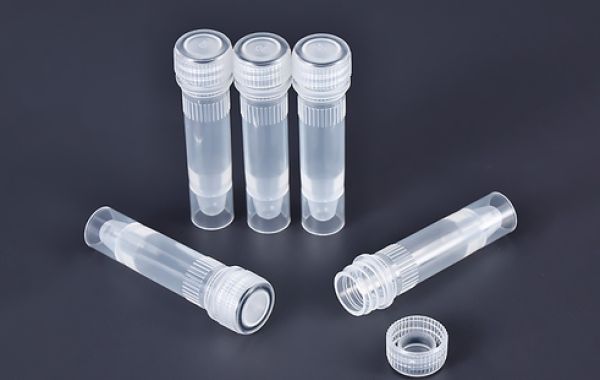Custom medical device molding involves a meticulous and highly controlled process to create components tailored to specific medical needs. This process integrates advanced technology, precise engineering, and stringent quality control measures to produce high-quality medical devices.
The first step in custom medical device molding is the design phase. Engineers work closely with medical professionals to understand the specific requirements of the device. Using computer-aided design (CAD) software, they create detailed models of the components. These models are essential for ensuring the final product meets the exact specifications needed for the medical application.
Once the design is finalized, the prototyping stage begins. Rapid prototyping techniques, such as 3D printing, are often used to create initial models. These prototypes allow for testing and evaluation to ensure the design functions as intended. Any necessary adjustments can be made before moving on to full-scale production.
Material selection is a critical part of the custom molding process. Medical-grade materials, such as silicone, thermoplastic elastomers, and biocompatible metals, are chosen based on their properties and suitability for the intended use. These materials must be safe for patient contact, durable, and able to withstand sterilization.
The molding process itself can vary depending on the material and the complexity of the design. Injection molding is commonly used for producing detailed and high-precision components. This technique involves injecting molten material into a mold cavity, where it cools and solidifies into the desired shape. For more complex designs, techniques such as overmolding or insert molding might be used.
Quality control is an integral part of custom medical device molding. Each component undergoes rigorous testing to ensure it meets all regulatory standards and specifications. This includes dimensional inspections, material testing, and functional evaluations. Strict quality control ensures the reliability and safety of the final product.
In summary, the process of custom medical device molding is comprehensive and precise, involving careful design, material selection, and quality control. This ensures the production of medical components that meet the high standards required for medical use, ultimately contributing to better patient care and outcomes.





